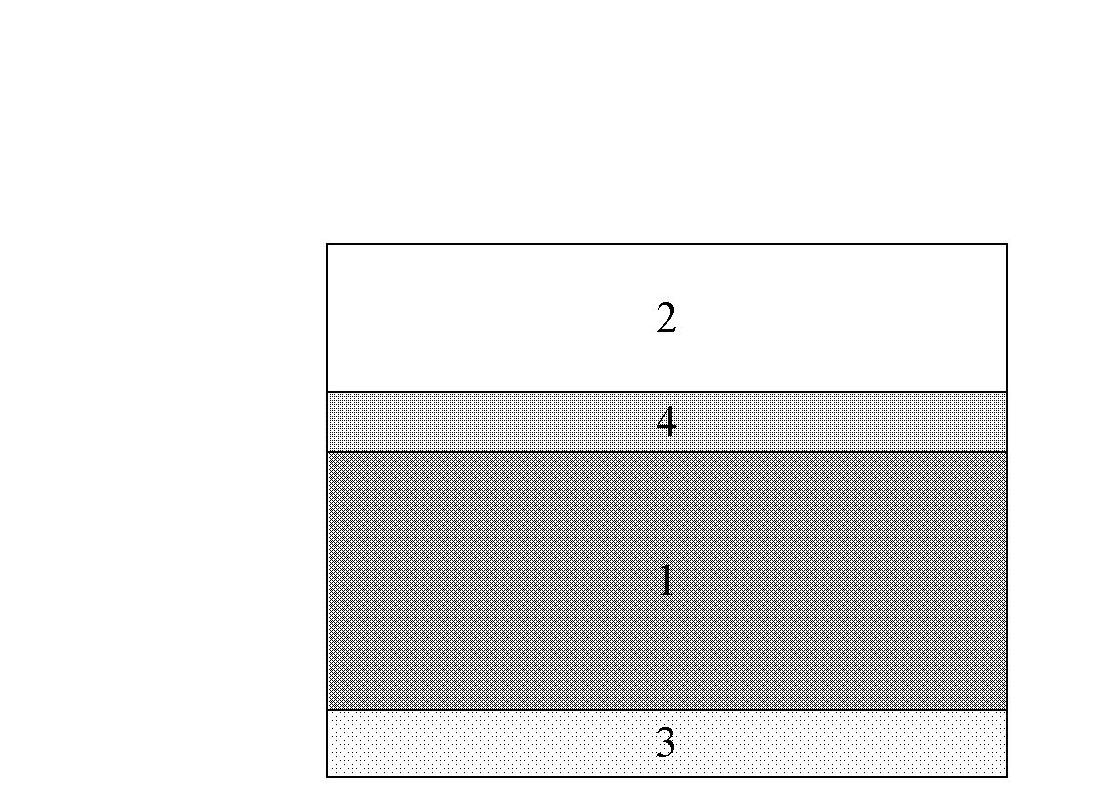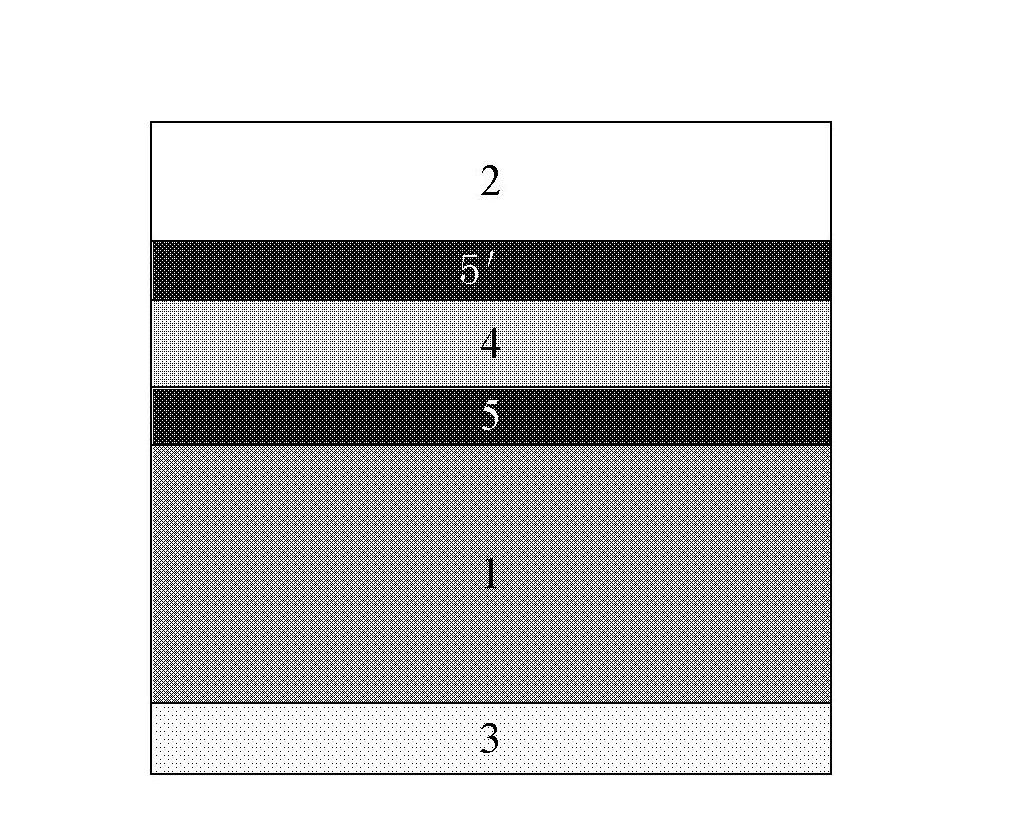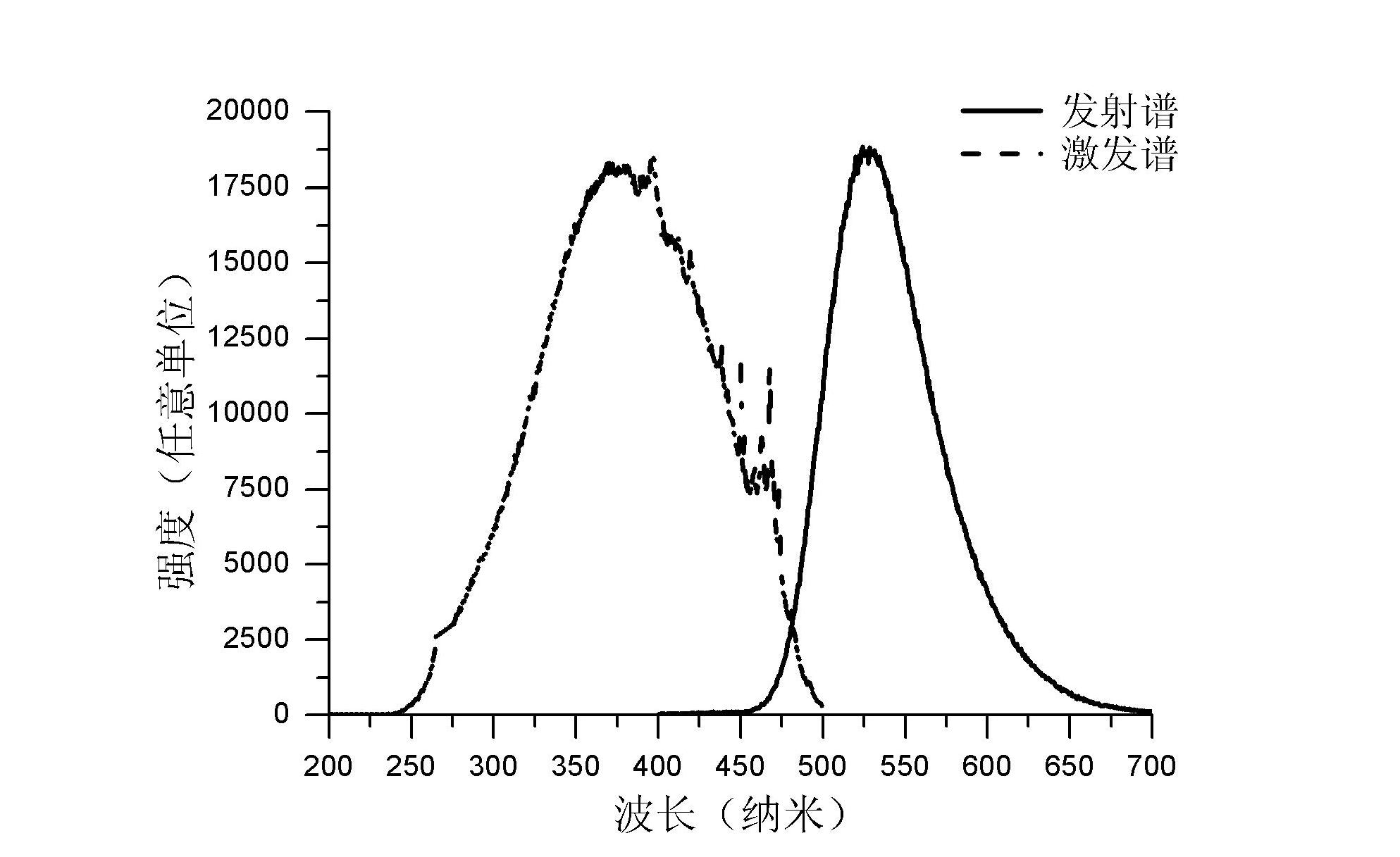Solar battery module
A technology of solar cells and solar cells, applied in circuits, photovoltaic power generation, electrical components, etc., can solve the problems that the efficiency of solar cells has not been substantially improved, so as to improve the efficiency of solar cells, reduce interface reflection, and absorb large cross-sections Effect
- Summary
- Abstract
- Description
- Claims
- Application Information
AI Technical Summary
Problems solved by technology
Method used
Image
Examples
Embodiment Construction
[0020] see figure 1 and figure 2 As shown, the present invention provides a solar cell module, comprising:
[0021] A solar battery sheet 1 is a pn junction device with completed electrodes, and has an inverted pyramid structure and an anti-reflection passivation layer. Inverted pyramids are generally formed by chemical corrosion, and the anti-reflection passivation layer is generally silicon nitride with a thickness of about 80nm.
[0022] A wavelength conversion film 4, which is made on the solar cell 1 or below the glass layer 2, such as figure 1 shown. Considering that the glass layer 2 generally has a certain absorption in ultraviolet light, the wavelength conversion film 4 can be fabricated on the glass layer 2 . In this way, the ultraviolet light is absorbed by the wavelength conversion film 4 before reaching the glass layer 2, and converted into green light-near infrared light, etc., which are not easily absorbed by the glass layer. In the production process, thi...
PUM
 Login to View More
Login to View More Abstract
Description
Claims
Application Information
 Login to View More
Login to View More - R&D
- Intellectual Property
- Life Sciences
- Materials
- Tech Scout
- Unparalleled Data Quality
- Higher Quality Content
- 60% Fewer Hallucinations
Browse by: Latest US Patents, China's latest patents, Technical Efficacy Thesaurus, Application Domain, Technology Topic, Popular Technical Reports.
© 2025 PatSnap. All rights reserved.Legal|Privacy policy|Modern Slavery Act Transparency Statement|Sitemap|About US| Contact US: help@patsnap.com



